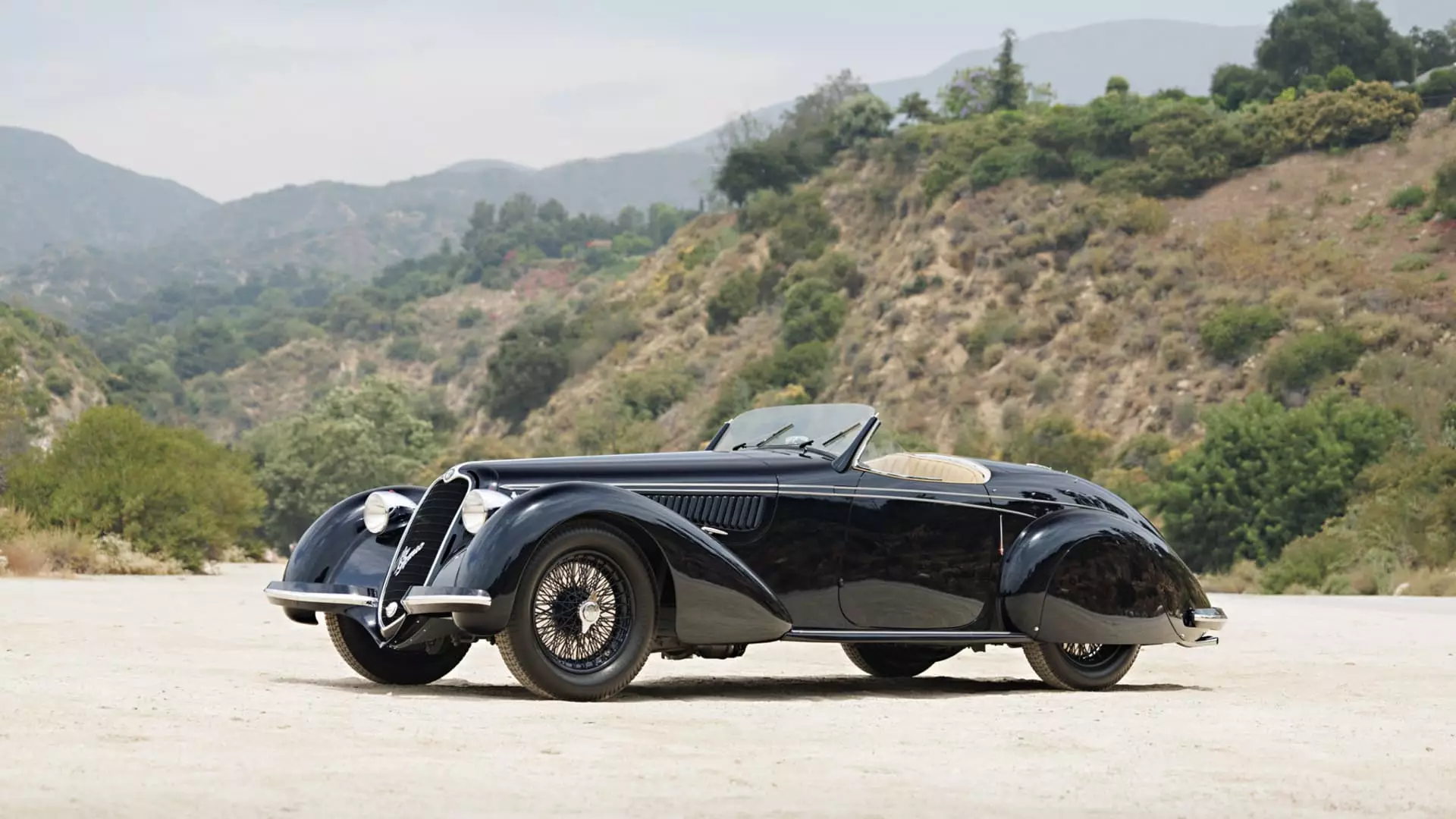The annual Monterey Car Week is a highly anticipated event in the classic car world, featuring prestigious auction houses and attracting wealthy collectors from around the globe. However, recent data from Hagerty shows that auction sales in Monterey fell by 3% compared to the previous year. This decline has been attributed to a shift in preferences among collectors, particularly towards newer cars from the 1980s, 1990s, and 2000s.
Decrease in Total Sales
Total sales at the five major auction houses in Monterey, namely RM Sotheby’s, Broad Arrow, Gooding & Company, Mecum, and Bonhams, dropped to $391.6 million this year from $403 million in 2023. This trend follows a downward trajectory from the peak of 2022, with a 14% decline last year. Out of the 1,143 cars put up for sale, only 821 were sold, resulting in a 72% sell-through rate. The average sale price also experienced a slight decrease from the previous year.
Wealthy collectors are still actively participating in auctions, buoyed by the recent rise in the stock market. However, the types of cars they are interested in have evolved. Simon Kidston, a leading advisor to wealthy car collectors, pointed out that there is now an oversaturation of similar classic cars at auctions, leading to weaker prices and sales. The influx of 1950s and 1960s classics, which were previously popular with baby boomers, is struggling to find buyers.
A new generation of collectors, primarily Gen Xers and millennials, are reshaping the classic car market by gravitating towards vehicles from the 1980s, 1990s, and 2000s. The sell-through rate for cars less than four years old was notably stronger compared to older models, indicating that young collectors are driving the market. Hagerty’s Supercar Index for sports cars from the 1980s through the 2000s has seen significant growth, while the Blue Chip Index for 1950s and 1960s classics has declined.
In addition to changing collector preferences, high-interest rates have also impacted the classic car market. Financing has been a common practice among buyers, both at the lower and higher ends of the market. However, rising rates have raised the opportunity cost of investing in classic cars. Potential buyers are now considering alternative investment opportunities that offer higher returns, leading to a slowdown in classic car purchases.
Future Outlook
The classic car market is undergoing a transition as older collectors begin to sell off or downsize their collections. This shift, combined with changing preferences and economic factors, is likely to have a lasting impact on the prices of older cars. According to McKeel Hagerty, CEO of Hagerty, the market is experiencing a shift from traditional classics to modern supercars, with a growing divergence between older and newer cars.
The classic car auction sales during Monterey Car Week reflect a changing landscape in the industry. While there is still strong demand from wealthy collectors, the preferences have shifted towards newer models and away from traditional classics. High-interest rates and oversaturation of similar cars at auctions further compound the challenges faced by the market. As the industry continues to evolve, collectors and auction houses will need to adapt to these changing trends to remain competitive and relevant.


Leave a Reply